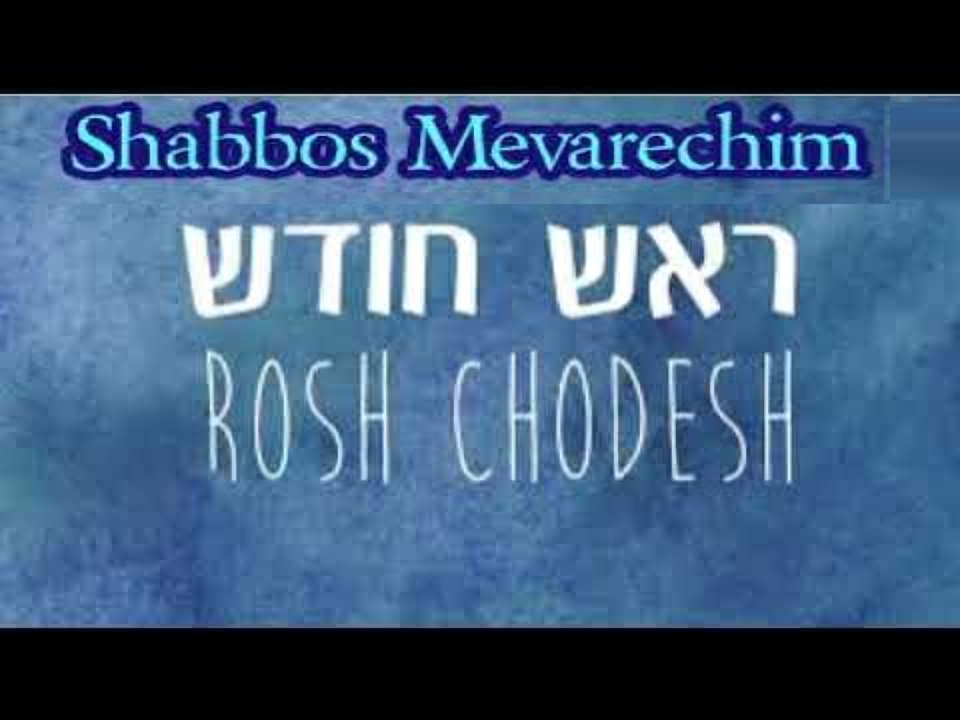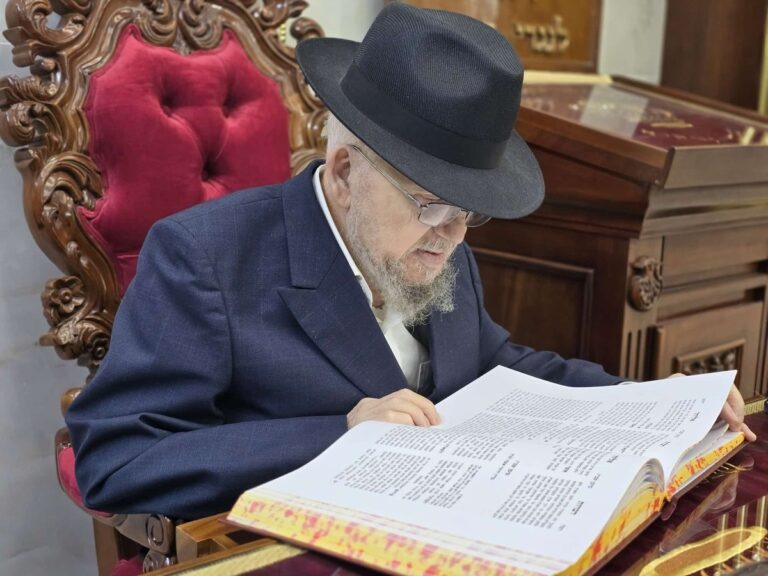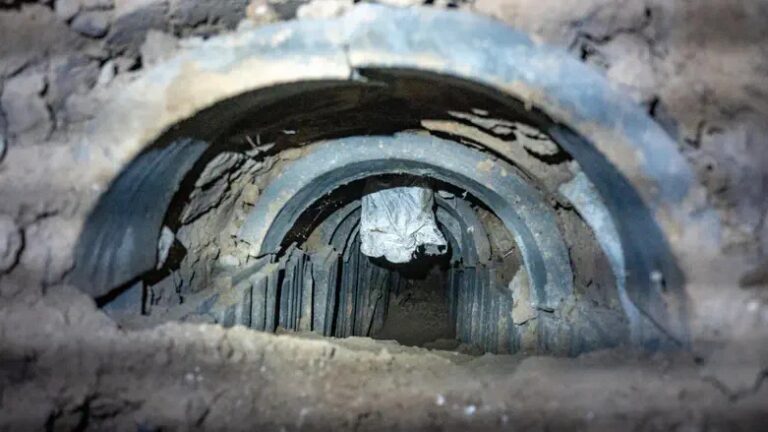By Rabbi Yair Hoffman
Written in memory of Rabbi Yaakov Hirsch a”h, the author’s father-in-law whose yahtzeit is today, 23 Shvat.
This Shabbos we will, b’ezras Hashem be benching Rosh Chodesh Adar Rishon. It is a holy custom in Klal Yisroel, and one that he meticulously and lovingly reminded his wife and daughters to perform. What follows is an overview of the minhag and some fascinating aspects of it.
Interestingly enough, the minhag is not mentioned in Shulchan Aruch! The Ramah does refer to it in a roundabout method when discussing the recitation of Yekum Purkan in OC 384:7, but he does not bring this Tefillah in his addendum to Shulchan Aruch. It is mentioned in the Mogain Avrohom 217:1 in the form as we know it.
And the questions are:
Why is it left out? Also, what is the earliest source for it?
Before we continue, there is, of course, a Mishna in Rosh haShana 24a that deals with the Bais Din being mekadesh the month. The Raavya (Rabbi Eliezer Ben Yoel HaLevi) in his rulings in meseches Rosh HaShana (Siman 530) explains that our minhag is based upon what the Bais Din during the time of Chazal did.
Rav Eliezer MiMitz in his Sefer Yereim (Siman 259) writes that our Minhag is NOT a fulfillment of the Mitzvah on Bais Din mentioned in the Mishna but rather “the earlier ones” enacted os that we would be careful with it.
We do find mention of a special bracha request in the Siddur of Rav Amram Gaon in the section on Rosh Chodesh, but that Tefillah is said on Rosh Chodesh itself after leining – not on the Shabbos that precedes it!
The Machzor Vitri (Rashi’s student) in Siman 190 mentions the minhag on Shabbos – but not on the Shabbos before Rosh Chodesh – rather when Rosh Chodesh falls on Shabbos!
The first to mention that we announce Rosh Chodesh on the previous Shabbos is the Ohr Zaruah in Siman 452), and he writes that it was an enactment of the Rabbis in the form of a bracha so that we would be careful with the laws of Rosh Chodesh and so that we would know when its Rosh Chodesh.
The Avudraham, however, seems to be the earliest source of the minhag as we know it.
Rav Abba Shiff from Minsk published Toafos R’aim – his commentary on the Yereim in Warsaw in the year 5695 – 1834. There, he identifies a fascinating Yerushalmi in Sanhedrin 5:3 that states: Rav Yassa said “Like me for I have never davened Mussaf until I knew when Rosh Chodesh was.” Rav Shiff explains that this refers to Shabbos mussaf – preceding Rosh Chodesh.
SUGGESTED ANSWER
I would like to suggest an answer as to the development of the minhag. It would seem that there were a few stages to the Minhag.
Stage One was to mention Rosh Chodesh and the timing, so as to ensure that people would not forget Rosh Chodesh. This was an enactment of post Talmudic Rabbis.
Stage Two was in order to ensure that the post-Talmudic Rabbinic enactment remain in place – it was appended to a request for bracha. This, however, can be rather controversial – because we do not make requests on Shabbos – we do not say tachanunim on Shabbos lest one become saddened. See Tosfos in Brachos 58b
This is why the Shulchan Aruch and Ramah didn’t mention the minhag.
Stage Three- after the minhag became more established in Klal Yisroel, it was not actively negated or acted against. This is because we do not disrespect a minhag that Klal Yisroel observes.
Just as an aside, it was my shver’s custom to place a piece of paper or tissue in the siddur when yaaleh v’yavo is inserted so that he not inadvertently forget to say it. This is an excellent idea that should be copied.
The author can be reached at [email protected]












One Response
The Tosafos you refer to is in Brochos 48b, not 58b.